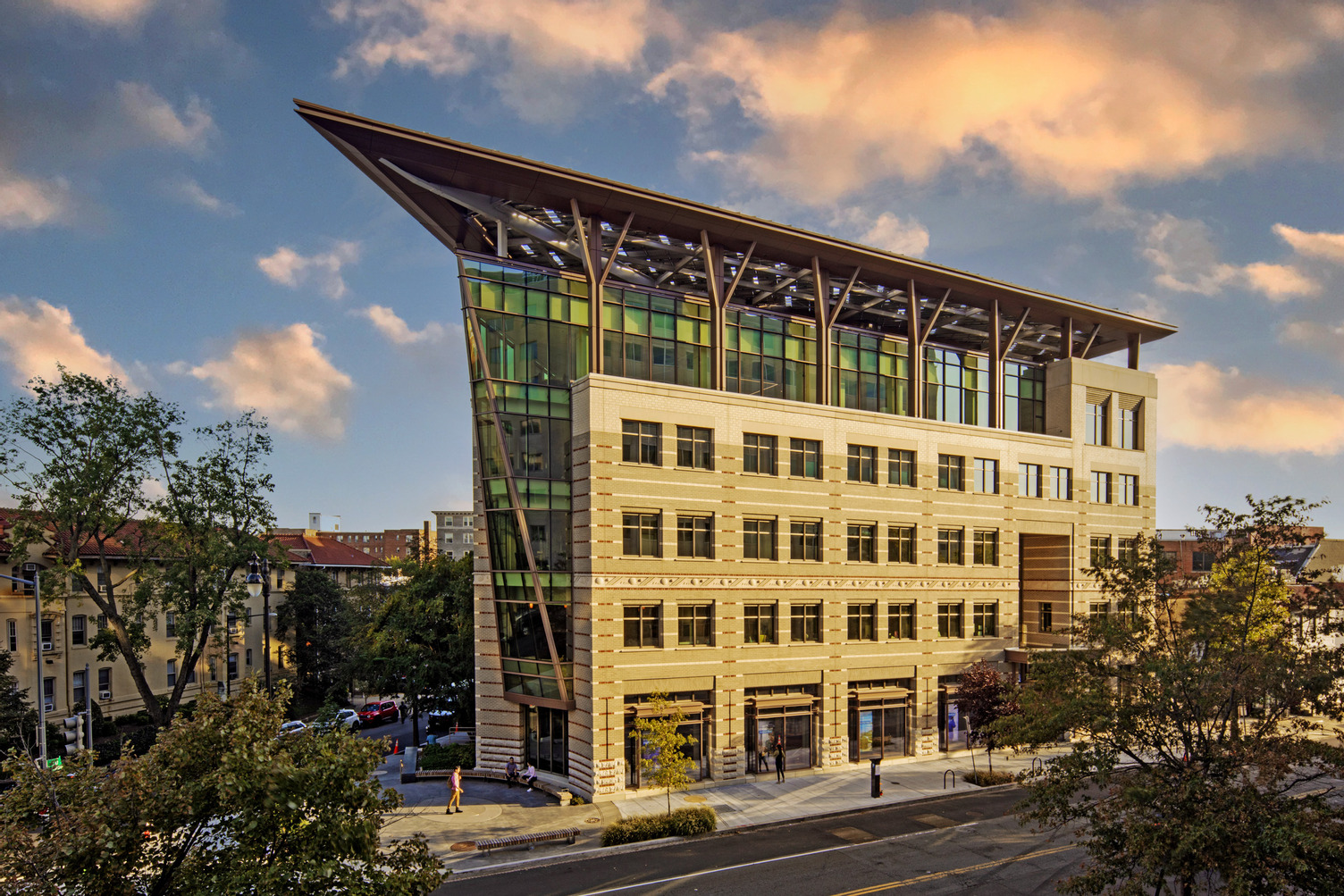An innovative membrane that captures carbon dioxide from the air using humidity differences has been developed. This energy-efficient method could help meet climate goals by offering a sustainable carbon dioxide source for various applications. (Artist’s concept.) Credit: SciTechDaily.com
A new membrane technology developed by Newcastle University leverages humidity to efficiently capture carbon dioxide, offering a promising solution for sustainable direct air capture essential for achieving climate targets.
Direct air capture was identified as one of the ‘Seven chemical separations to change the world’. This is because although carbon dioxide is the main contributor to climate change (we release ~40 billion tons into the atmosphere every year), separating carbon dioxide from air is very challenging due to its dilute concentration (~0.04%).
Challenges in Carbon Dioxide Separation
Prof Ian Metcalfe, Royal Academy of Engineering Chair in Emerging Technologies in the School of Engineering, Newcastle University, UK, and lead investigator states, “Dilute separation processes are the most challenging separations to perform for two key reasons. First, due to the low concentration, the kinetics (speed) of chemical reactions targeting the removal of the dilute component are very slow. Second, concentrating the dilute component requires a lot of energy.”
These are the two challenges that the Newcastle researchers (with colleagues at the Victoria University of Wellington, New Zealand, direct air capture is necessary for realizing climate targets, such as the 1.5 °C goal set by the Paris Agreement.
Humidity-Driven Carbon Capture
Dr. Evangelos Papaioannou, Senior Lecturer in the School of Engineering, Newcastle University, UK explains, “In a departure from typical membrane operation, and as described in the research paper, the team tested a new carbon dioxide-permeable membrane with a variety of humidity differences applied across it. When the humidity was higher on the output side of the membrane, the membrane spontaneously pumped carbon dioxide into that output stream.”
Collaborative Efforts and Future Directions
Using X-ray micro-computed tomography with collaborators at UCL and the




















Discussion about this post